Technique suggestion: Prismacolor Col-Erase pencils are great for light lay-in. The convenient Pentel Brush Pen is great afterward for inking with varied line weights.
Archive for May, 2013
Your own Personal Tutor
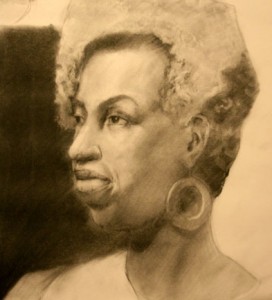 Old sketchbooks are often left in a dark cabinet, helping only to sustain the local population of silverfish. But they contain endless training benefits for improving your skills and vision. Reviewing older work to note strengths and weaknesses, you can help improve future work. Reviewing this sketch from a few years ago, I see an improper neck angle, uneven texture levels (eyes lack crisp detail and focus), and some balance problems with the weight of the face. Reviewing a sketch even day or two later can give you a renewed direction.
Old sketchbooks are often left in a dark cabinet, helping only to sustain the local population of silverfish. But they contain endless training benefits for improving your skills and vision. Reviewing older work to note strengths and weaknesses, you can help improve future work. Reviewing this sketch from a few years ago, I see an improper neck angle, uneven texture levels (eyes lack crisp detail and focus), and some balance problems with the weight of the face. Reviewing a sketch even day or two later can give you a renewed direction.
Expanding your comfort zone
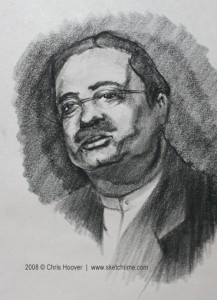
Hone your skills by shifting material and size. If you typically prefer a small sketchpad, force yourself to work in sketches on larger media. Above, a model’s portrait on newsprint ~1m from corner to corner. For comparison, a small 5″ sketch from photo reference. While both use similar charcoal, working large forces you to hold the pencil differently, and can result in a looser interpretation.
alt.future.chicken
What-if scenarios are great exercises for character design. This concept for “evolved chickens” was part of an Art Order Challenge. Cluck, cluck.
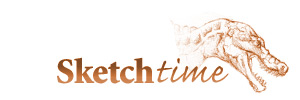
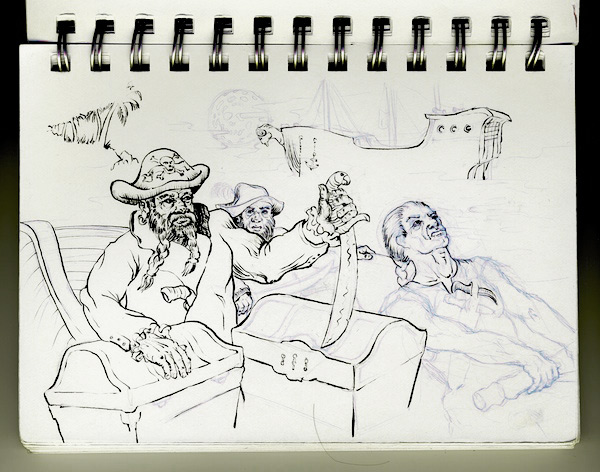
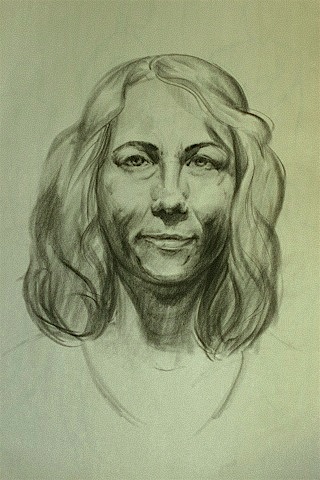
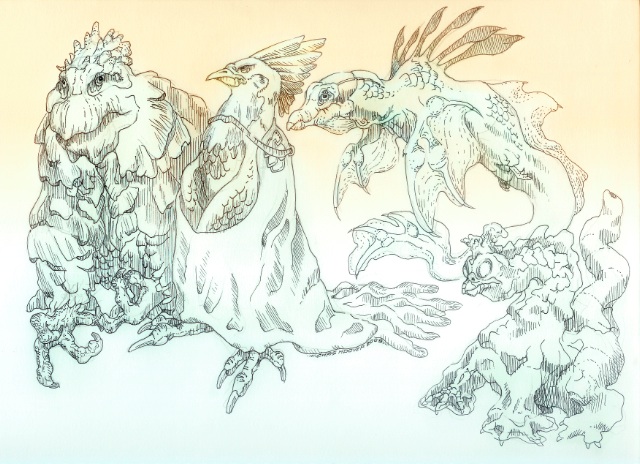
Recent Comments